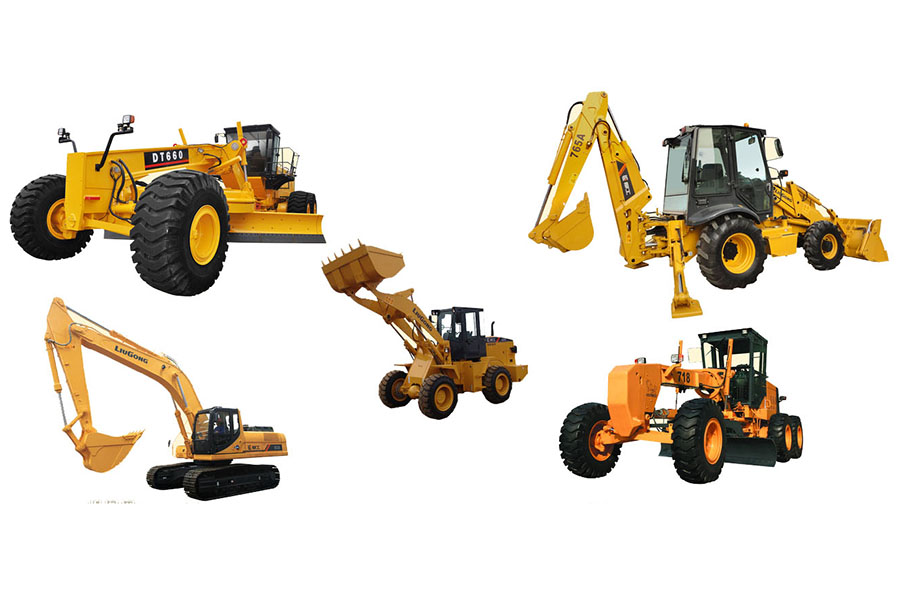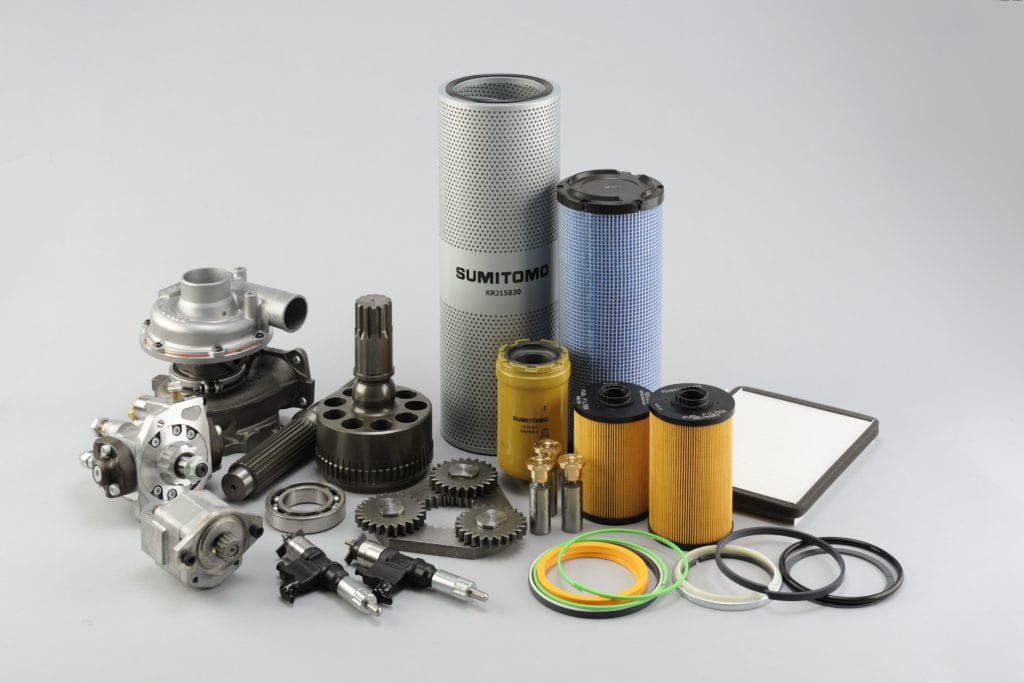Construct Smarter: How Aftermarket Construction Parts Can Enhance Your Profits
Wiki Article
Boost Effectiveness With Aftermarket Components: a Guide for Heavy Machinery Owners

Advantages of Aftermarket Components
Owners of hefty equipment can appreciate countless advantages by choosing aftermarket components over initial devices producer (OEM) components. One of the main advantages is cost financial savings. Aftermarket parts are typically much more cost effective than OEM parts, permitting equipment owners to decrease maintenance and repair expenses without jeopardizing on quality. Additionally, aftermarket components often come with service warranties, guaranteeing that customers are protected in instance of any concerns or issues.One more advantage of aftermarket components is the bigger option readily available on the market. Because aftermarket producers specialize in producing particular components, machinery owners have accessibility to a broader variety of choices to fit their demands. This selection can result in enhanced efficiency and efficiency of the equipment. Aftermarket parts are recognized for their top quality and integrity, with many conference or surpassing OEM requirements. aftermarket construction parts.
Finally, picking aftermarket components can additionally lead to faster fixings and lowered downtime. With less complicated accessibility and quick shipping choices, equipment proprietors can get their tools up and running once again promptly, decreasing interruptions to their operations.
Choosing the Right Aftermarket Parts
When thinking about aftermarket parts for heavy machinery, it is necessary to focus on compatibility and top quality to make sure optimal performance and longevity of the devices. Selecting the ideal aftermarket components can be a critical choice for hefty equipment owners as it straight affects the effectiveness and reliability of their devices.
Secondly, top quality should never ever be jeopardized when choosing aftermarket components (aftermarket construction parts). Choosing high-grade parts ensures durability, reliability, and overall efficiency of the machinery. It is advisable to source aftermarket components from reliable manufacturers or suppliers understood for their high quality requirements
Additionally, considering elements such as guarantees, customer testimonials, and compatibility with existing systems can better help in making the best selection. By focusing on compatibility and quality when selecting aftermarket components, heavy equipment owners can boost the efficiency and longevity of their devices.
Installment and Maintenance Tips
For reliable operation and durability of hefty machinery, YOURURL.com appropriate installment and normal maintenance are vital. When setting up aftermarket components, make certain that you thoroughly comply with the supplier's directions to assure optimal efficiency. By prioritizing installment and maintenance procedures, you can maximize the performance and life-span of your hefty machinery, inevitably saving time and cash in the lengthy run.
Cost-Effectiveness of Aftermarket Components
Correct setup and regular upkeep are fundamental facets for hefty machinery owners intending to examine the cost-effectiveness of aftermarket parts for their tools. While initial devices maker (OEM) parts are recognized for their top quality, aftermarket parts use an even more cost-effective option without endangering efficiency. The cost-effectiveness of aftermarket components comes to be evident in different ways. Aftermarket parts are normally much more economical in advance, allowing owners to accomplish financial savings on first purchase costs. Additionally, these components typically provide comparable performance to OEM components, making sure that the machinery runs efficiently without the demand for costly replacements. The accessibility of aftermarket components from a vast array of providers advertises competitors, leading to competitive pricing and further cost savings for owners. By thoroughly assessing the quality and compatibility of aftermarket get rid of their equipment, owners can strike a balance between cost-effectiveness and efficiency, inevitably optimizing the effectiveness and longevity of their heavy devices.Making Best Use Of Performance With Aftermarket Upgrades
my website To boost operational efficiency and productivity, heavy machinery owners can successfully maximize performance through strategic utilization of aftermarket upgrades. Aftermarket upgrades provide the opportunity to customize heavy machinery to specific functional demands, causing enhanced functionality and output. Upgrading parts such as engines, transmissions, hydraulic systems, and tracks can dramatically boost the overall effectiveness of the machinery.
Regularly examining the performance of hefty machinery and determining locations where aftermarket upgrades can be click here now advantageous is important for optimizing performance. By buying top quality aftermarket parts and upgrades, machinery proprietors can accomplish higher degrees of performance, eventually resulting in cost savings and boosted functional end results.
Final Thought
In verdict, aftermarket components offer various advantages for hefty machinery owners, consisting of cost-effectiveness, raised effectiveness, and modification options. By picking the best aftermarket components, following appropriate setup and upkeep procedures, and maximizing upgrades, heavy equipment proprietors can increase their tools's efficiency and longevity. Investing in aftermarket components can ultimately cause boosted efficiency and minimized downtime, making it a worthwhile consideration for owners seeking to enhance their equipment procedures.Proprietors of hefty equipment can delight in various benefits by deciding for aftermarket components over original devices maker (OEM) parts. Aftermarket components are normally much more affordable than OEM components, allowing machinery proprietors to minimize upkeep and repair service expenses without endangering on high quality. By very carefully examining the quality and compatibility of aftermarket components with their machinery, proprietors can strike a balance between cost-effectiveness and performance, eventually optimizing the effectiveness and durability of their hefty tools.
In conclusion, aftermarket components provide many benefits for hefty equipment proprietors, consisting of cost-effectiveness, boosted performance, and customization options. By selecting the best aftermarket components, following proper setup and upkeep procedures, and taking full advantage of upgrades, heavy machinery owners can increase their devices's efficiency and longevity.
Report this wiki page